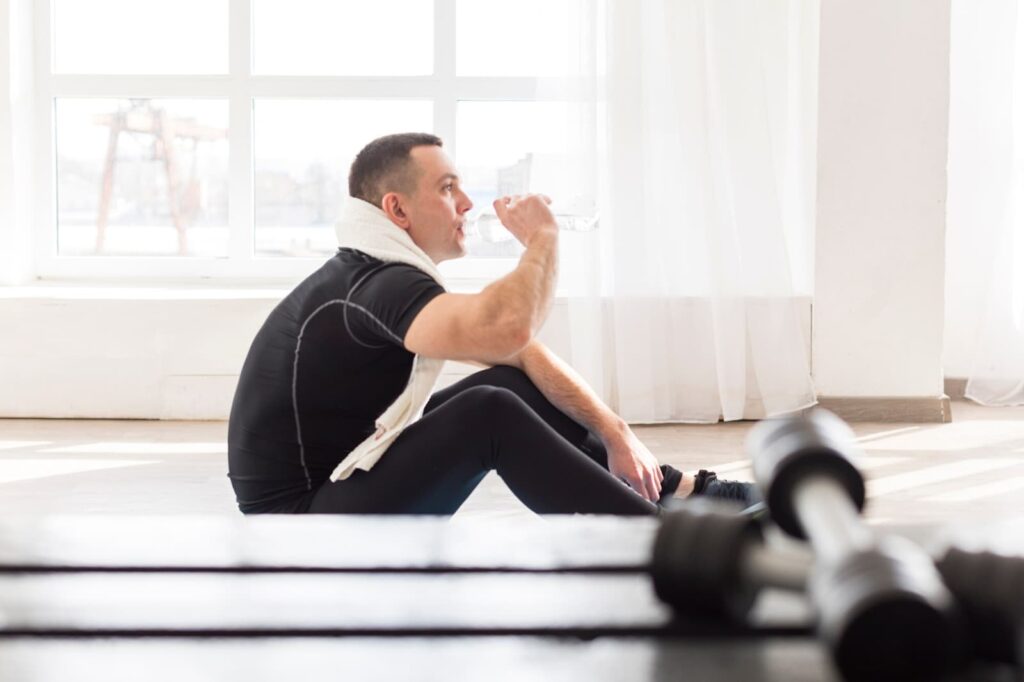Parkour training demands high levels of energy, agility, and endurance. It’s not uncommon for practitioners to experience fatigue or a lack of energy during extended training sessions. In this comprehensive guide, we will explore effective strategies to maintain optimal energy levels throughout your parkour training. Whether you’re a beginner or an experienced practitioner, these simple changes can help you avoid that sluggish feeling and keep you performing at your best.
Understanding the Role of Nutrition in Energy Levels
Importance of a Balanced Diet
Maintaining vitality during parkour training starts with a balanced diet. The food you eat directly influences your body’s capacity to endure physical activities. Begin your day with a nutritious breakfast that includes raw vegetables and fruits, ideally organic. These foods are rich in essential vitamins, minerals, and antioxidants, which are crucial for overall vitality and cellular health. Stay away from heavily processed foods, refined sugars, or anything with high fructose corn syrup, as these can cause rapid fluctuations in blood sugar levels, leading to a dip in stamina.
For meals throughout the day, make sure they are well-rounded, including lean proteins, complex carbohydrates, and healthy fats. Proteins are important for muscle repair and recovery, while complex carbohydrates provide a steady supply of fuel. Healthy fats, found in foods like avocados, nuts, and olive oil, contribute to sustained well-being and support overall health.
Hydration for Energy
Proper hydration is often overlooked but is crucial for maintaining energy levels during physical activities like parkour. Dehydration can lead to fatigue, decreased coordination, and impaired cognitive function. Aim to drink water consistently throughout the day, and especially before, during, and after your training sessions. Electrolyte-rich drinks can also be beneficial, particularly during intense or prolonged training, as they help replenish essential minerals lost through sweat.
| Hydration Tips |
|---|
| Drink at least 8-10 glasses of water daily. |
| Consume electrolyte-rich beverages during extended training sessions. |
| Monitor urine color to gauge hydration levels—pale yellow indicates proper hydration. |
Optimize Your Training Routine
Efficient Warm-Up and Cool Down
A proper warm-up and cool down routine can significantly impact your energy levels and overall performance during parkour training. A dynamic warm-up prepares your body for the physical demands of parkour by increasing blood flow to muscles, enhancing flexibility, and priming your nervous system for action. Incorporate movements that mimic those used during parkour, such as squats, lunges, and dynamic stretches, to prepare your body for the challenges ahead.
After your training session, dedicate time to a thorough cool down. This helps reduce muscle soreness, prevent injury, and promote recovery. Static stretching, foam rolling, and gentle mobility exercises can aid in relaxing tight muscles and promoting circulation, ultimately supporting your body’s energy restoration process.

Interval Training for Endurance
Integrating interval training into your parkour workouts can enhance your endurance and energy levels over time. By alternating between periods of high-intensity activity and active recovery, you can improve cardiovascular fitness, muscular endurance, and overall stamina. This approach not only boosts your energy reserves but also simulates the stop-and-go nature of parkour, preparing you for the varied challenges you may encounter during training or freerunning.
| Interval Training Benefits |
|---|
| Enhances cardiovascular fitness. |
| Improves muscular endurance. |
| Increases overall stamina. |
Prioritize Recovery and Rest
Quality Sleep for Energy Restoration
Adequate sleep is fundamental for energy restoration, muscle recovery, and overall well-being. During sleep, the body undergoes essential processes that support physical and mental performance. Aim for 7-9 hours of quality sleep each night to optimize energy levels and facilitate the repair of muscle tissue. Establishing a consistent sleep schedule and creating a restful sleep environment can further enhance the quality of your rest, leading to improved energy and focus during parkour training.

Active Recovery Techniques
Incorporating active recovery techniques into your routine can expedite the recovery process and minimize fatigue. Activities such as light jogging, swimming, or yoga can promote circulation, reduce muscle tension, and alleviate post-training soreness. Additionally, self-myofascial release using tools like foam rollers or massage balls can target specific areas of tightness or discomfort, aiding in muscle recovery and preparing your body for subsequent training sessions.
| Active Recovery Strategies |
|---|
| Engage in low-impact activities on rest days. |
| Utilize foam rolling and mobility exercises to alleviate muscle tension. |
| Practice deep breathing and relaxation techniques to promote recovery. |
Conclusion
Maintaining optimal energy levels during parkour training requires a multifaceted approach encompassing nutrition, training optimization, recovery strategies, and mental preparedness. By prioritizing a balanced diet, efficient training routines, adequate rest, and mental resilience, practitioners can sustain energy levels, enhance performance, and mitigate feelings of fatigue. Implementing these simple yet impactful changes can empower individuals to elevate their parkour training experience and unlock their full potential.